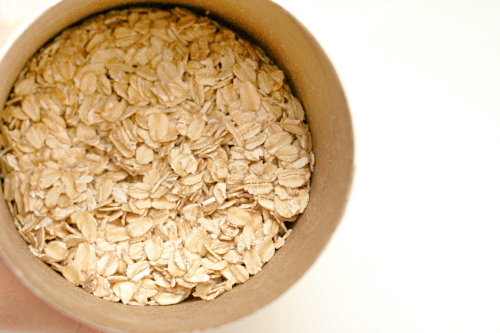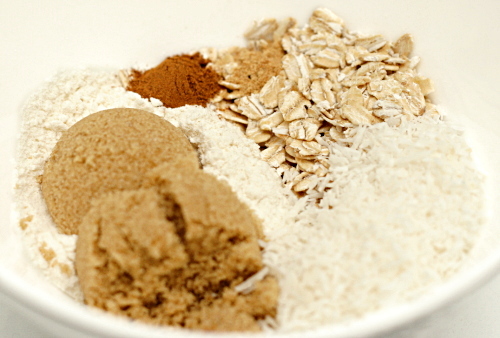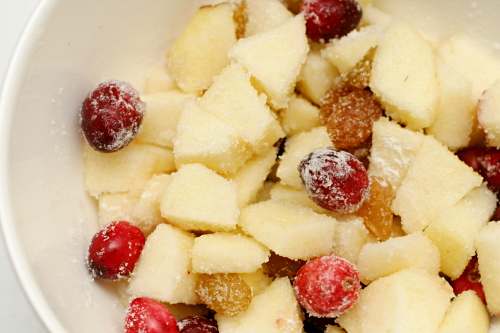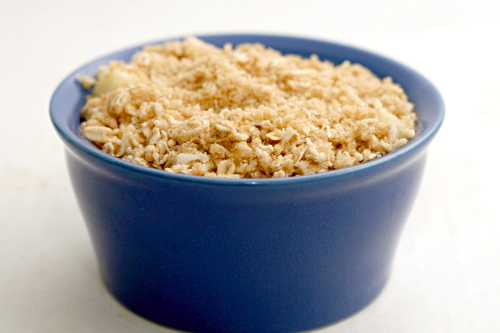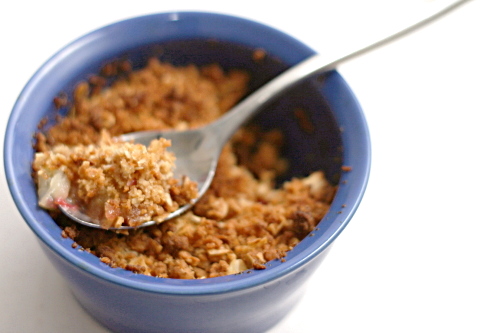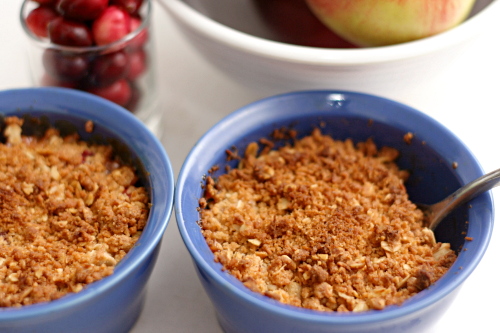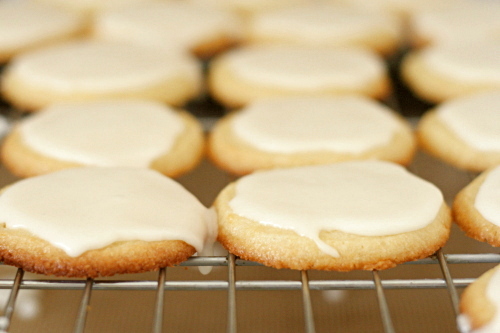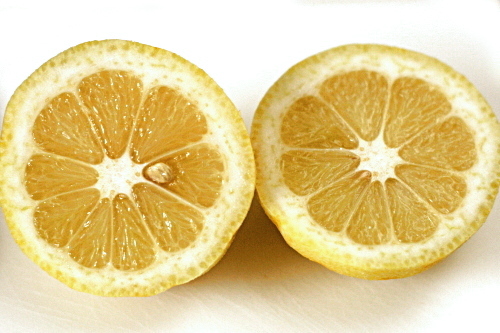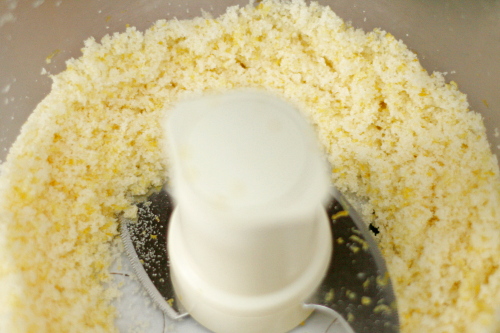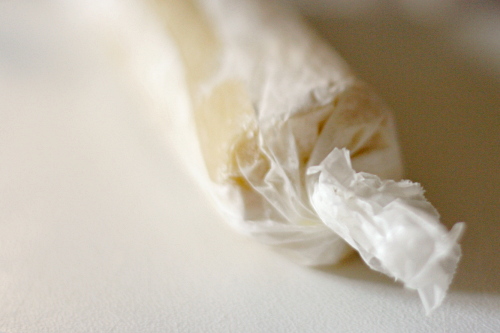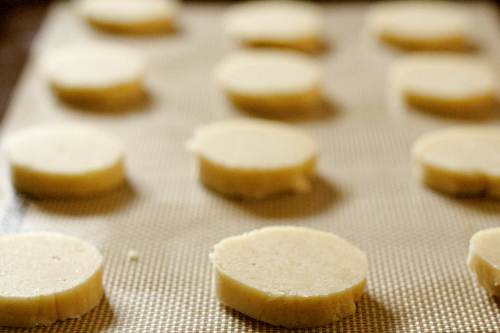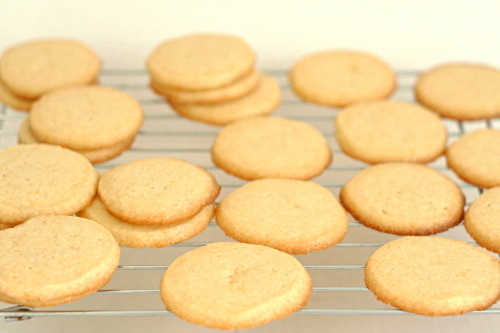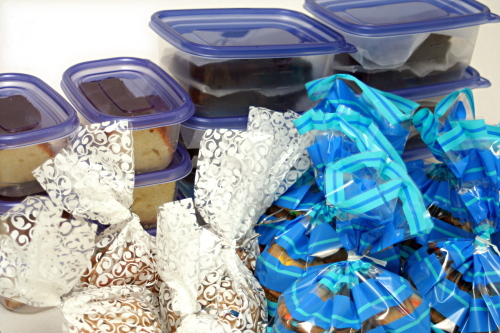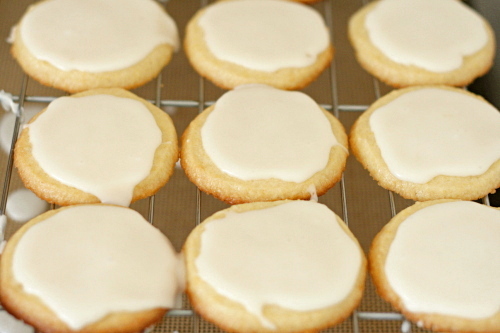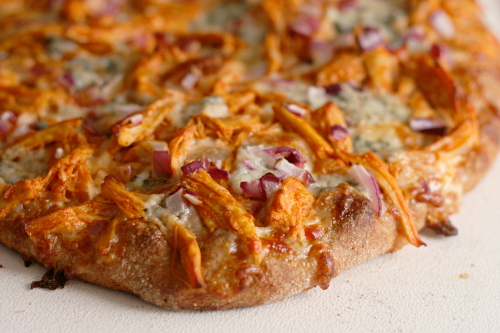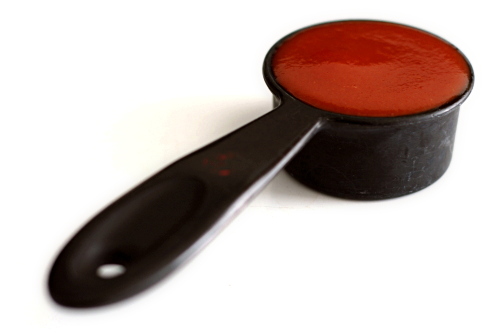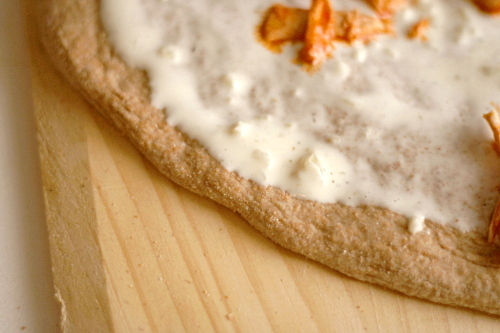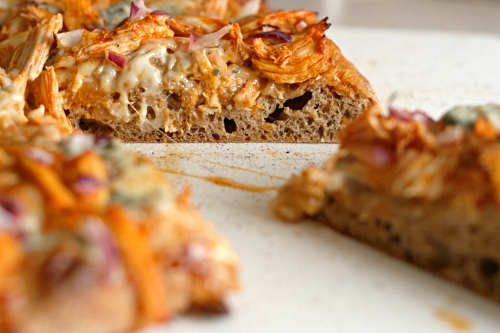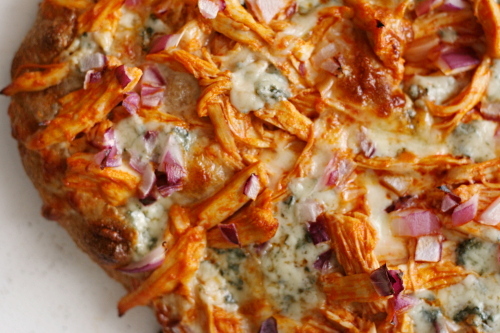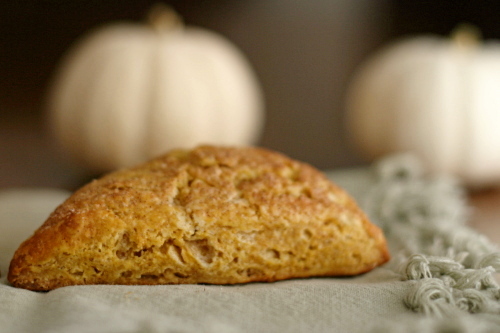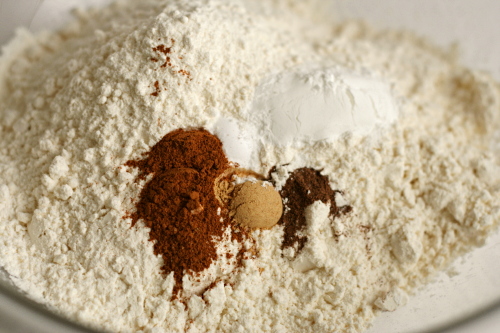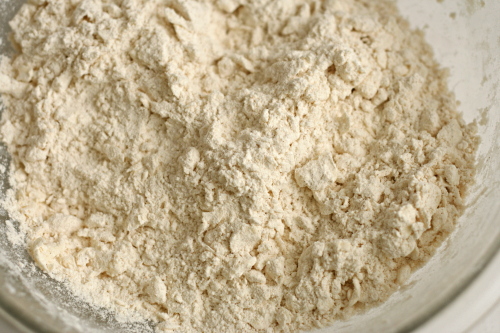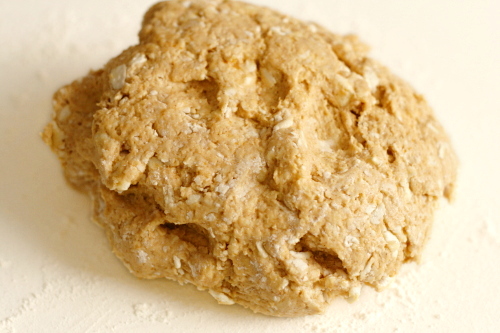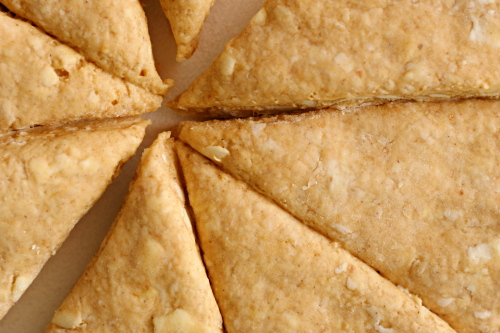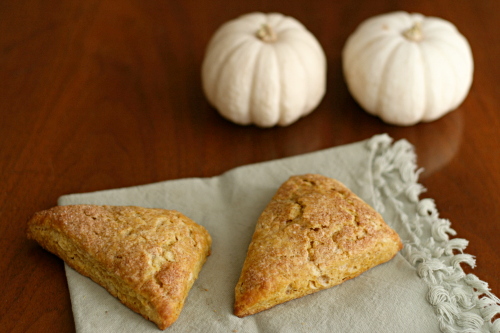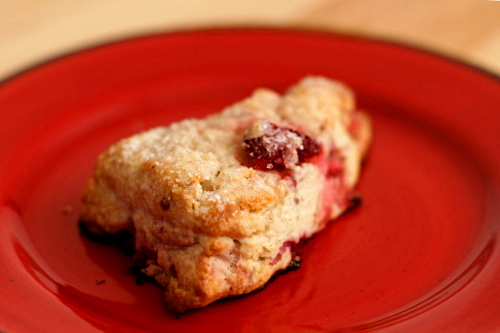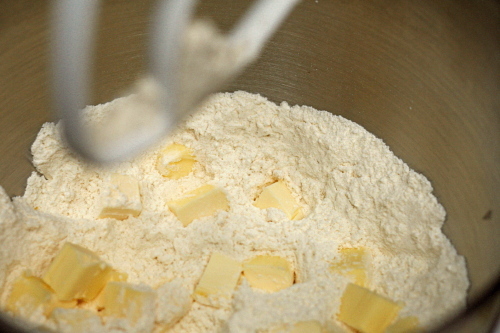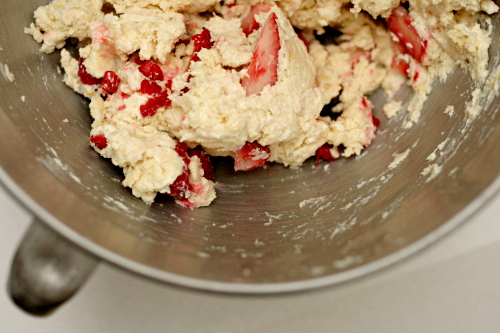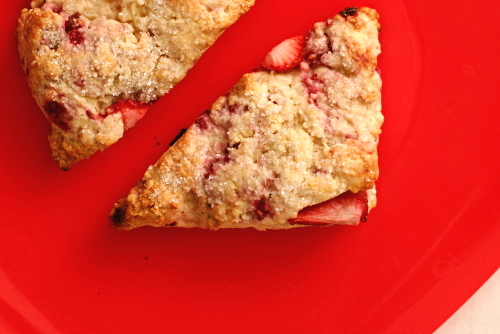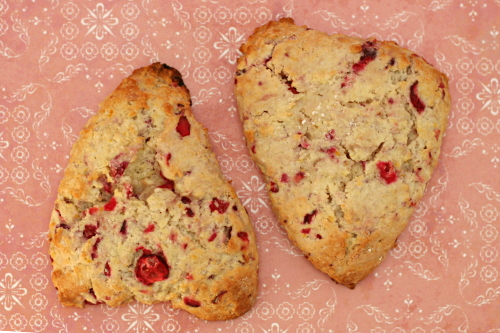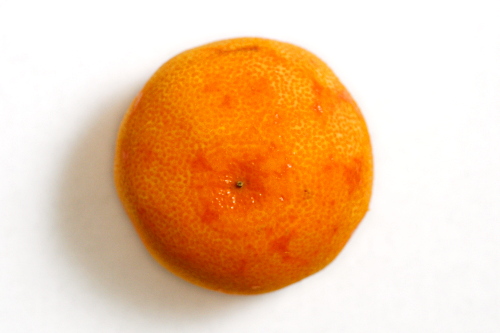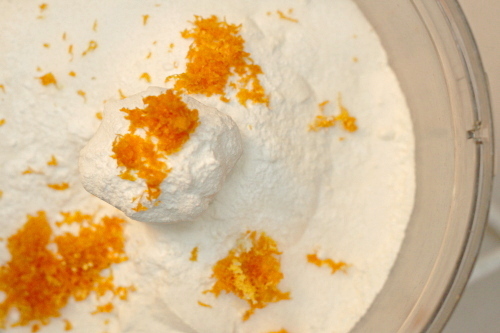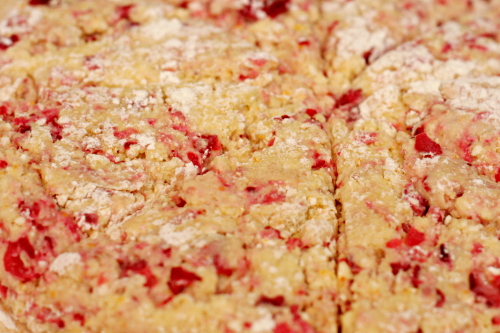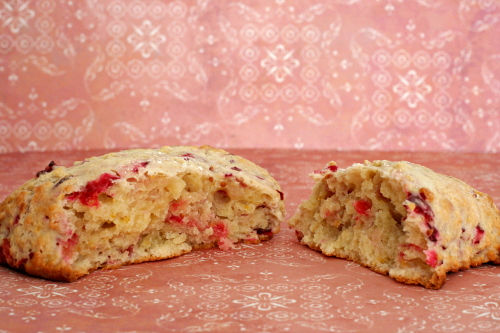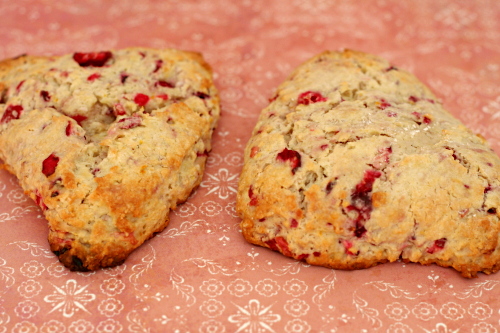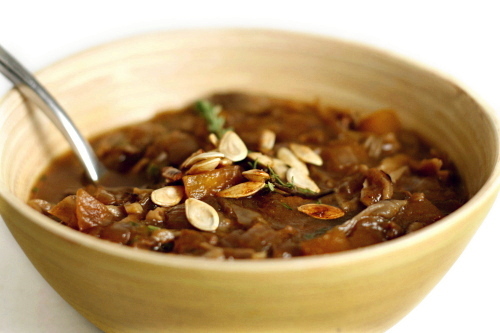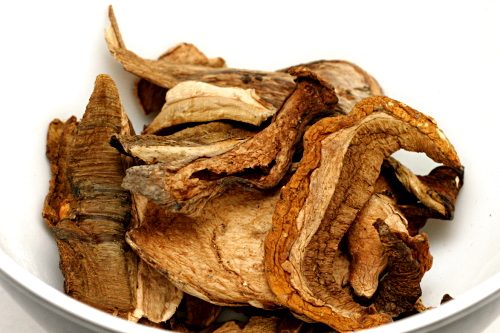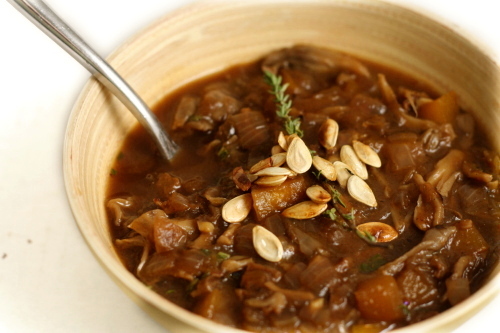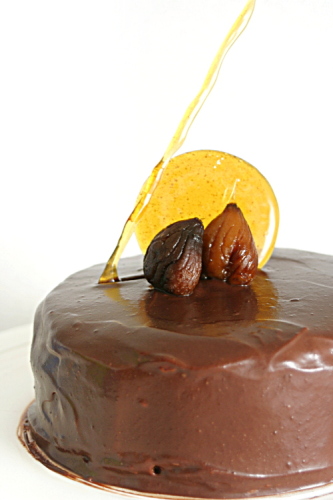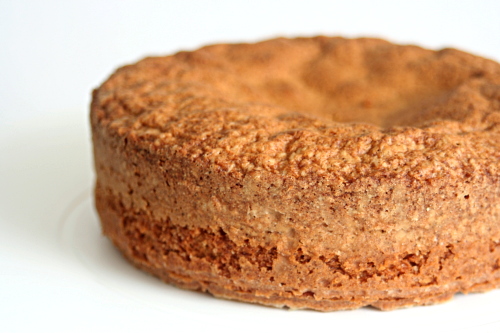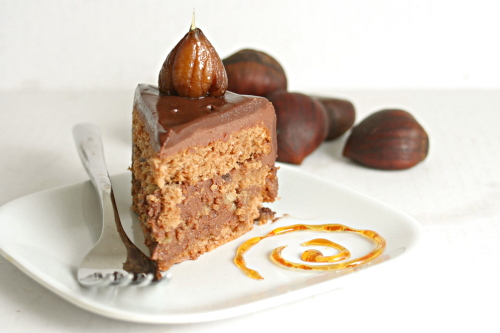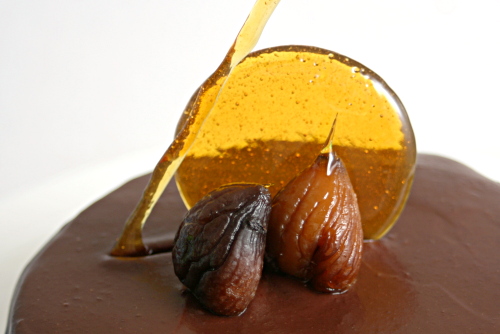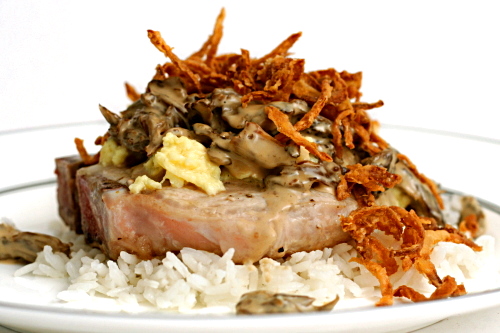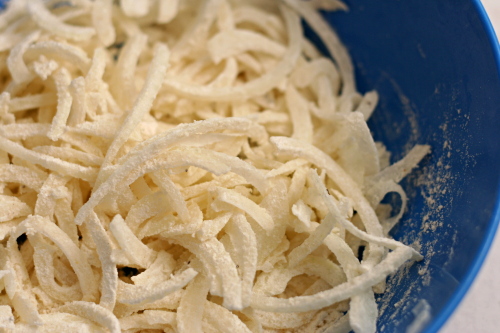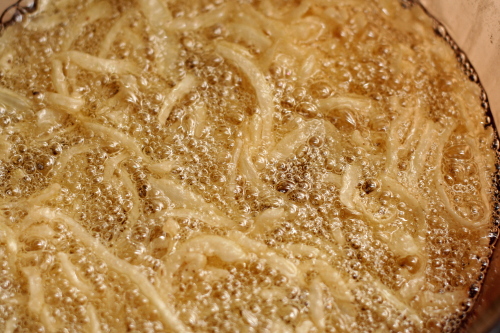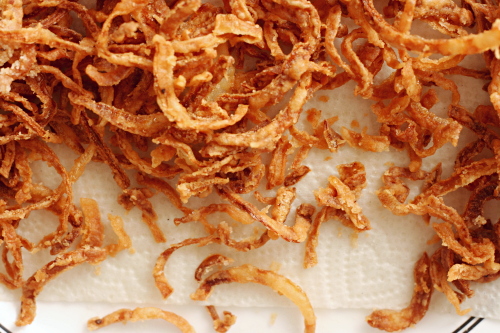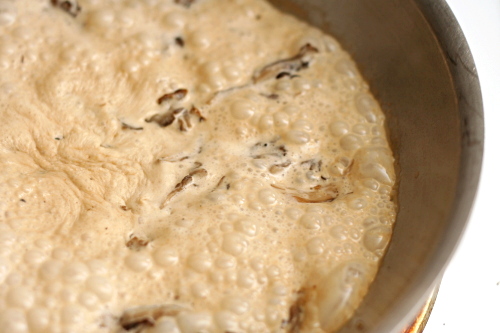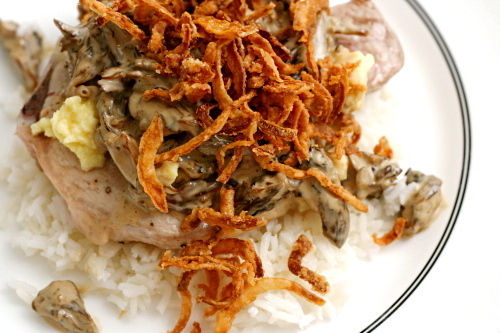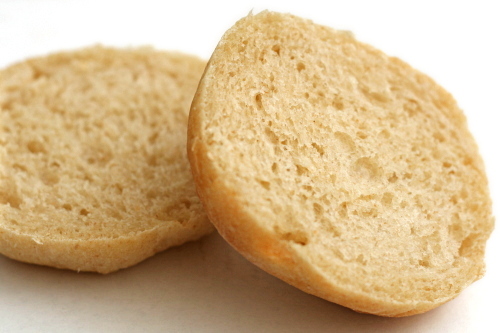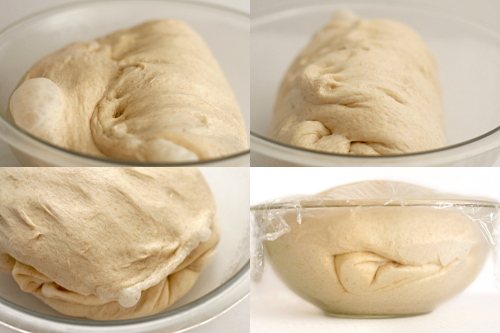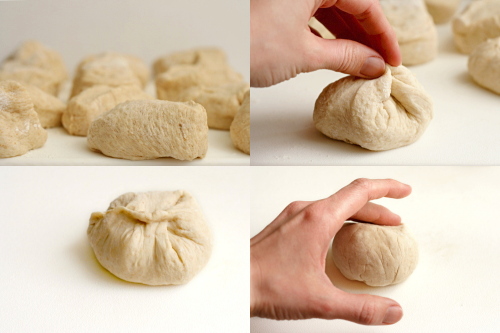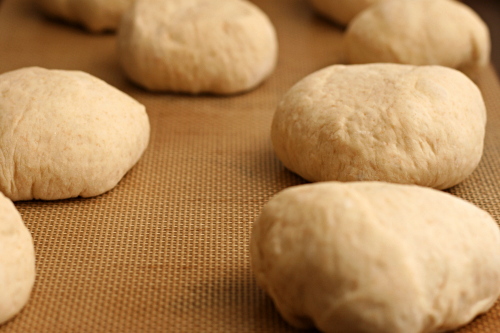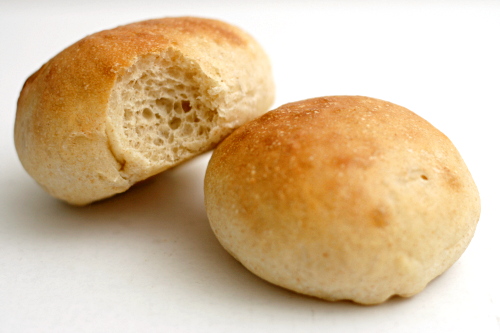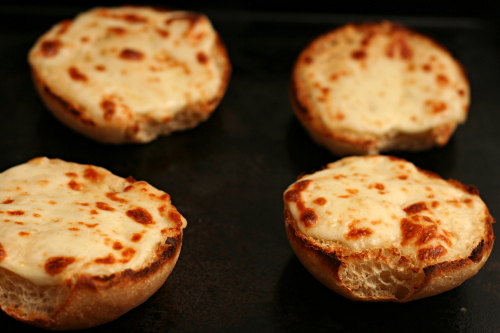It seems to me that there are bakers and there are cooks. There’s overlap, for sure, but most of us seem to be more on one side than the other. I like to cook, and I get a lot of enjoyment from it – sautéing onions, stirring pasta, pouring a bottle of beer into chili. But baking calls to me more.
I wonder why? People often say that the most important difference between baking and cooking is the precision required in baking, but I don’t think that’s why I love baking. I don’t like measuring that much. Is it because of my sweet tooth? Maybe, but lately, I crave the baking more than the eating anyway.
I think it’s just that baking is more sciencey. It always fascinates me that butter and sugar and flour turn into something totally different. When you cook, the ingredients usually don’t change form much from the beginning to the end. Onions in soup are still distinctly onions, chicken is still chicken, tomatoes are still tomatoes. In baking, the ingredients are transformed.
Crisps, though, are more like cooking. The fruit maintains its character, and the crisp topping, although it contains some flour and butter, still has some distinct elements, like oatmeal and often nuts. Perhaps that’s why I rarely make crisps, despite how easy and delicious they are.
That also means that crisps are exactly what they sound like. You don’t need to worry about it being dry or dense or tough. It’s apple and cranberries. They’re topped with something buttery and crispy. It tastes just how it sounds like it tastes – damn good.
Em chose these crisps for Tuesdays with Dorie, and she has the recipe posted.
One year ago: Kugelhopf

